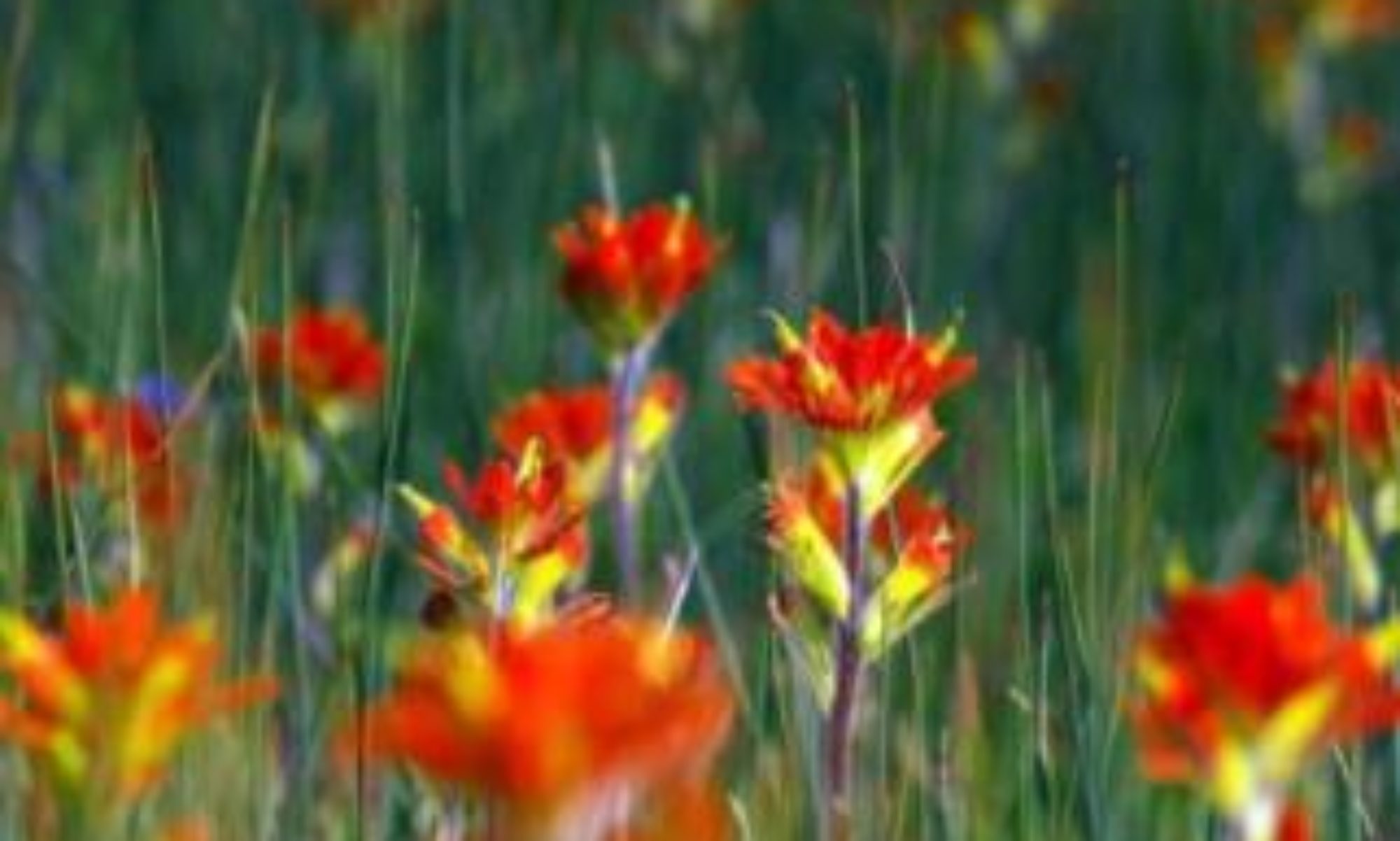I cannot remember how many times I looked on them from the Blue Ridge – tucked away far in the valley, sometimes dressed in a blue fog, mystifying as a blue fog. Coming close to meet them, I want to Sing a New Song to the tall purple coneflower stems on the highway and bring the message of LOVE from Harrisonburg to all the people in the world…



Woodstock

Harrisonburg

Blacksburg






The presence of Virginia Tech in Blacksburg and James Madison University in Harrisonburg seems to lend the two towns different vibes.
Lexington






While Lexington is known for being an important historical place associated with the American Revolution and the Civil War, to me it typifies small towns in the Shenandoah Valley that have a rich colonial tradition. The town also hosts the Virginia Military Institute and Washington and Lee University. It is impossible then not to learn some history here. That the names of Washington and Lee appeared together was not a coincidence – it revealed a social network of the few rich and powerful elite families woven through intermarriages in colonial Virginia. According to the British historian John Keegan, “As early as 1660 every seat on the ruling Council of Virginia was held by members of five interrelated families, and as late as 1775 every council member was descended from one of the 1660 councillors.”
Roanoke



Staunton

It is a delightful walk to look for these little architectural gems across town; and the walk would naturally lead to Woodrow Wilson’s birthplace in the Gospel Hill neighborhood. Then one cannot help taking a peek at his handsome 1919 Piece-Arrow. A glimpse of the First Presbyterian Church, where his father served as a minister, from the house’s backyard through layers of tree leaves and behind crapemyrtle flowers is almost glamorous. In the same neighborhood, you’d find an elegant Queen Anne style house perched on a hill. It was built by Edward Echols, Virginia’s Lt. Governor (1898 – 1902), and was said to have employed every imaginable material. Right across the Beverley Street is a magnificent Greek Revival style building designed by Robert Cary Long and completed in 1846. It is home to the Virginia School for the Deaf and the Blind. Mary Baldwin University in town occupies another Greek Revival style house dating back to the 1830s.

Staunton also boasts a camera museum with an impressive collection of antique cameras. It is amusing to see how much a telescope camera that was used to take sports photos in old days looks like and feels as heavy as a cannon. And it is displayed on the side of tiny spy cameras! A bit of history I learned there: Oskar Barnack came up with the idea of and invented the first 35 mm camera because he had asthma, and it was difficult for him to carry around a large camera. The entire history of the camera industry has been one of copying, re-invention, and innovation.
On a side note, I am glad to hear the museum manager say my Lumix cameras are the best today, and we agree that Panasonic is innovative. 🙂



